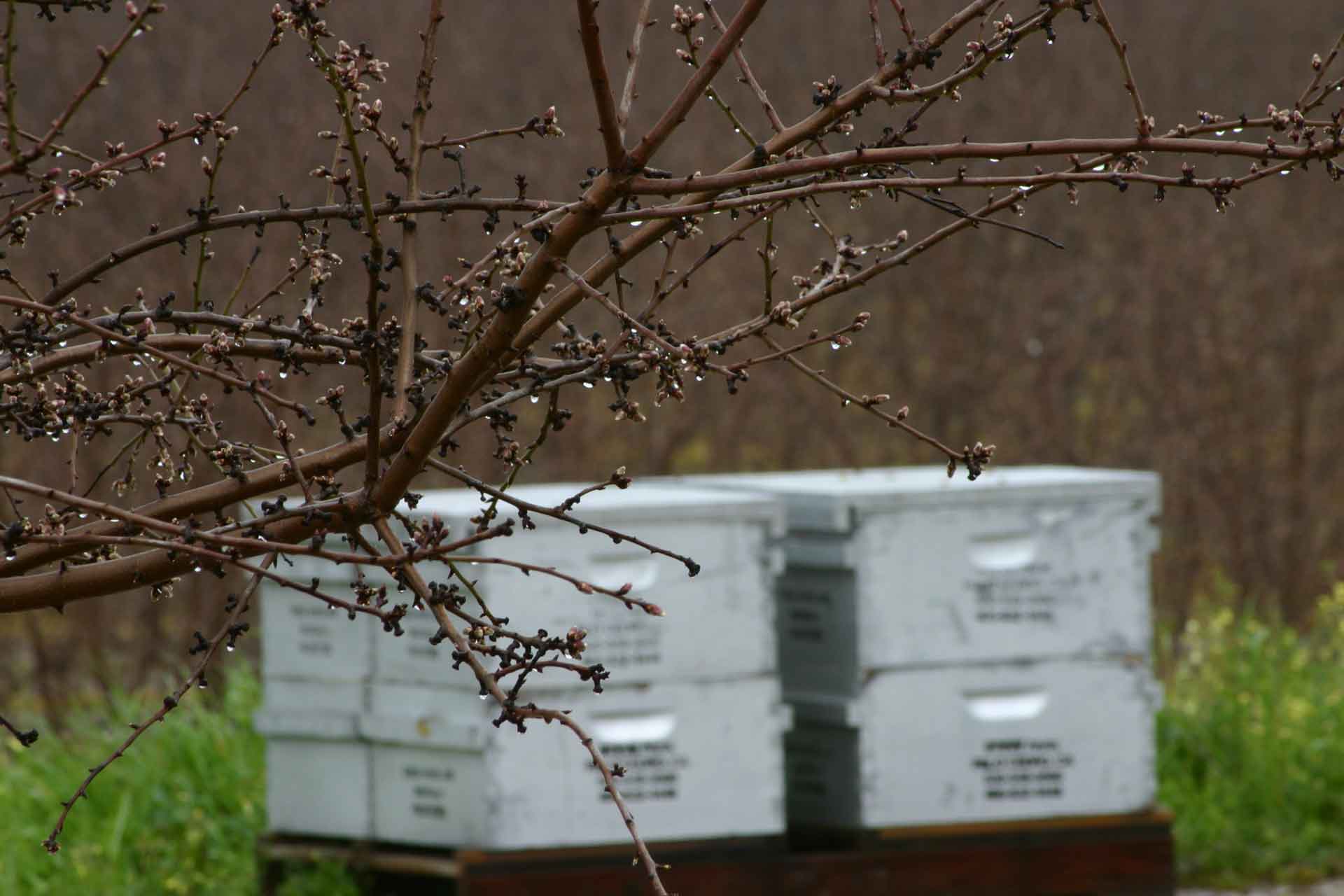The recent California Almond Objective Measurement Report by the National Agricultural Statistics Service (NASS) brought a sharper focus on the 2019 California almond crop.
With the lowest nut per tree count in the last six years, the 2019 almond crop is estimated by NASS to be 2.20 billion pounds, down 3.5 percent from the 2.28 billion pound 2018 almond crop.
The crop estimate is also 12 percent lower than the May California Almond Subjective Forecast of 2.5 billion pounds.
The objective report is based on an actual count of the crop on the tree, compared to subjective report gathered in phone interviews with growers.
According to the objective report, the average nut set per tree this year is 4,667, down 17.8 percent from the 2018 almond crop. Nut counts over the last six years shows 6,686 nuts per tree in 2013; 6,646 nuts per tree in 2014; 6,127 nuts per tree in 2015; 6,159 nuts per tree in 2016; and 5,714 nuts per tree in 2017.
The Nonpareil average nut set per tree is 4,429, down 10.1 percent. Average kernel weight for all varieties lines up with last year’s weight at 1.54 grams.
NASS reports that significant rainfall during bloom hindered pollination. Wind and rain events persisting through April and May may also have caused the lower nut counts per tree. Crop development has also been affected by cooler than normal temperatures, slowing the crop by about a week.
Richard Waycott, Almond Board of California president said even with the increased number almond acres in production, their production did not offset the drop in yields per tree. Yields are typically higher in the southern San Joaquin Valley, but this year’s survey showed an almost equal nut per tree with 4,401 nuts per tree in the Sacramento Valley and 4,706 nuts per tree in the San Joaquin Valley.
Fewer bee flight hours during pollination may be a contributing factor to the lower counts, Waycott noted.
Luke Milliron, a University of California Cooperative Extension (UCCE) orchard systems specialist in Butte County said the much lower nut count compared to 2018 was surprising, but he noted much better bloom conditions prevailed that year previous to disruptive mid-February freeze events.
Milliron said he is hearing mixed reports from growers and pest control advisors on the crop size. Observations include better yields from orchards that had low yields in 2018.












